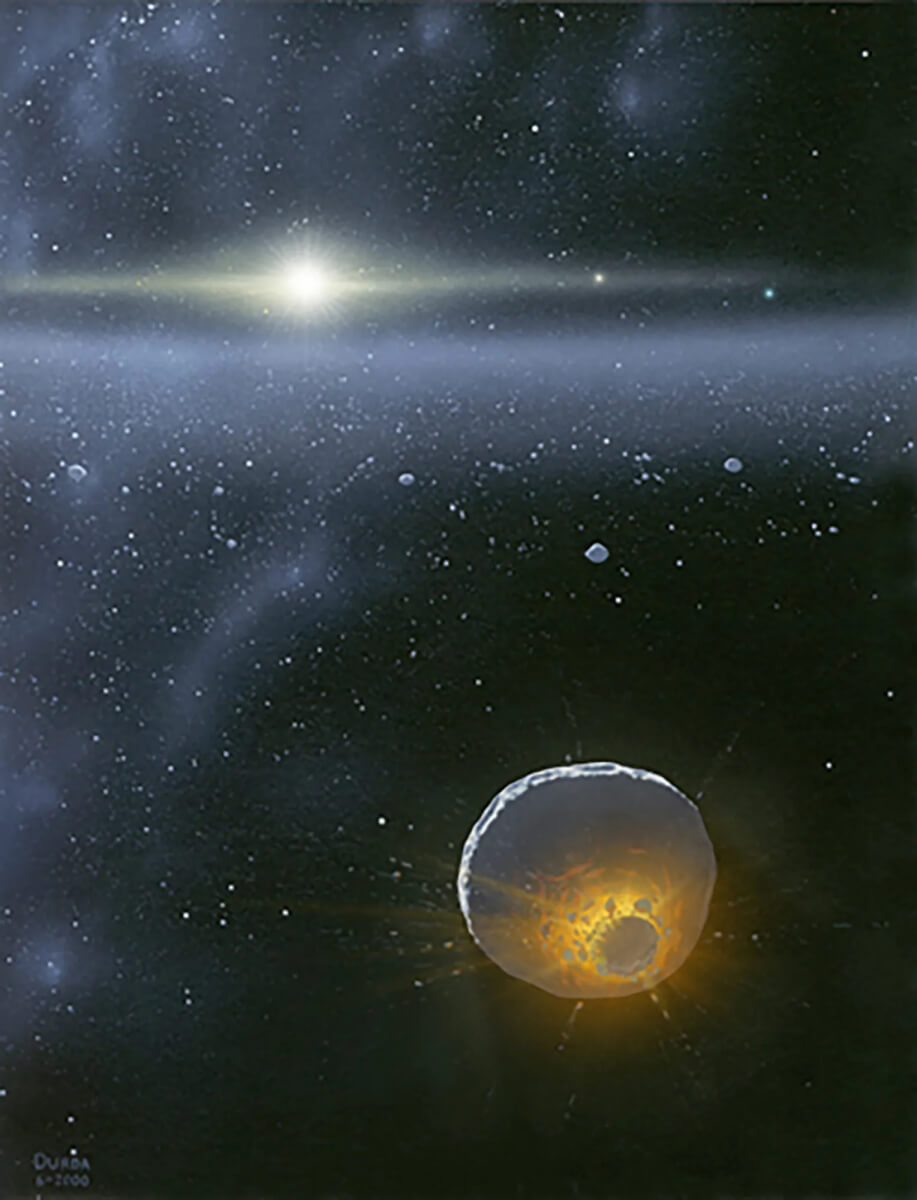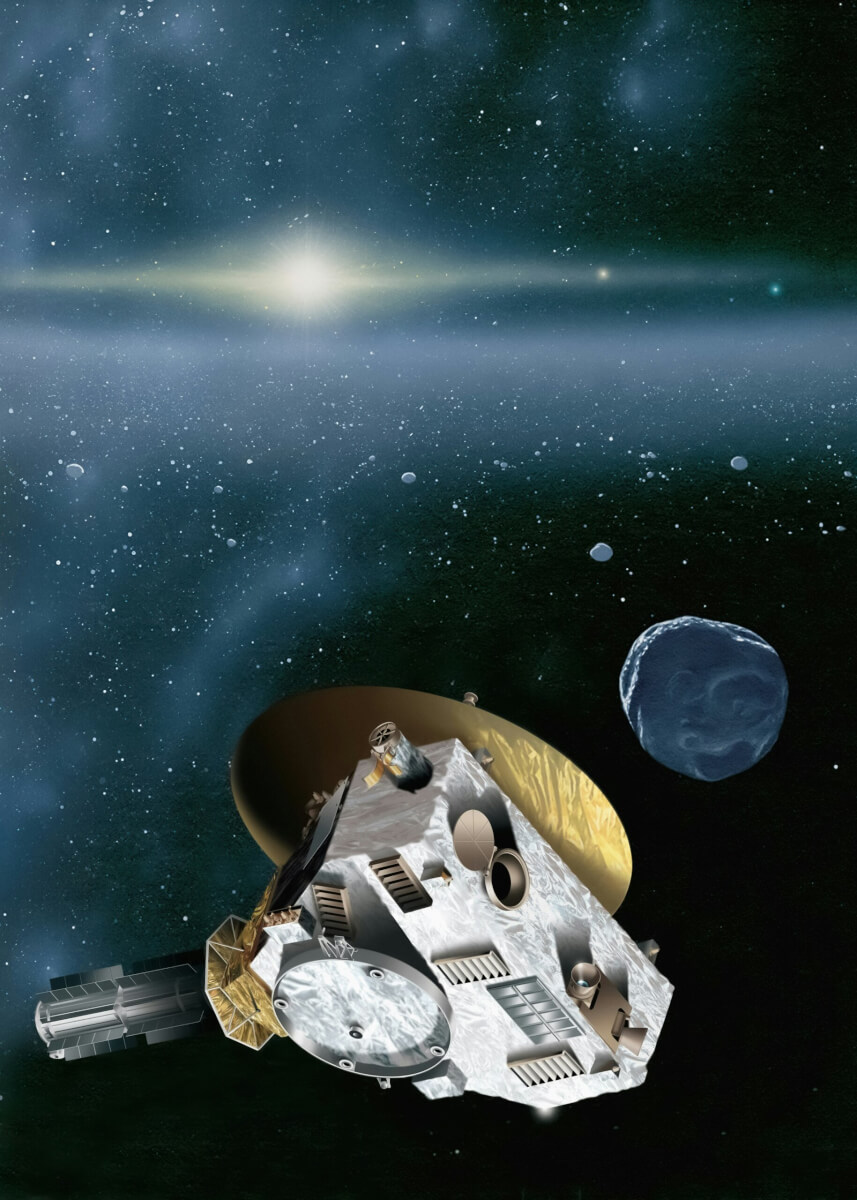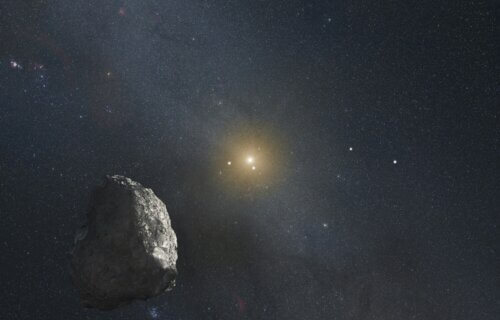BOULDER, Colo. — Astronomers are marveling over the fact that a distant, icy region of our solar system may extend much farther than previously thought. This revelation comes from NASA’s New Horizons probe as it journeys through the outer edges of the Kuiper Belt. New Horizons has detected unexpectedly high levels of dust, hinting at a vast expanse of uncharted celestial territory.
The Kuiper Belt, a distant realm located beyond Neptune, is a vast field of icy, rocky objects, considered the building blocks of planetary formation. These objects range in size and are remnants from the solar system’s early days.
The New Horizons spacecraft, speeding almost 60 times farther from the Sun than the Earth, is equipped with the Venetia Burney Student Dust Counter (SDC), a device specifically designed to detect the tiny particles that make up the cosmic dust in this region.

Contrary to scientific predictions, the SDC has recorded higher than expected levels of dust. This data challenges the existing models that anticipated a decline in both the population and density of Kuiper Belt objects (KBOs) and dust a billion miles before the observed point. These findings suggest the Kuiper Belt’s outer edge might stretch billions of miles further than we currently estimate, or there might even be a second, previously unknown belt.
“New Horizons is making the first direct measurements of interplanetary dust far beyond Neptune and Pluto, so every observation could lead to a discovery,” says study lead Alex Doner, a physics graduate student at the University of Colorado-Boulder who serves as SDC lead, in a media release. “The idea that we might have detected an extended Kuiper Belt — with a whole new population of objects colliding and producing more dust — offers another clue in solving the mysteries of the solar system’s most distant regions.”
The SDC, a pioneering instrument designed and constructed by students at the Laboratory for Atmospheric and Space Physics (LASP) under professional guidance, has been tracking microscopic dust grains throughout New Horizons’ epic five-billion-mile journey since its launch in 2006. This includes its historic flybys of Pluto and the KBO Arrokoth. The SDC’s capability to count and measure the sizes of dust particles offers invaluable insights into the collision rates and dynamics of outer solar system bodies.
As New Horizons ventured from 45 to 55 astronomical units (AU) from the Sun (an AU is the distance from the Earth to the Sun, about 93 million miles), it gathered the surprising data over three years. Concurrently, telescopic observations from Earth, such as those from the Japanese Subaru Telescope, have identified KBOs well beyond the traditional boundary of the Kuiper Belt, previously thought to end around 50 AU but now potentially extending to 80 AU or more.
The high dust levels recorded by the SDC prompt scientists to explore various explanations, from the influence of radiation pressure extending dust beyond 50 AU to the presence of transient ice particles unaccounted for in current models.

“These new scientific results from New Horizons may be the first time that any spacecraft has discovered a new population of bodies in our solar system,” notes Alan Stern, the New Horizons principal investigator from the Southwest Research Institute in Boulder. “I can’t wait to see how much farther out these elevated Kuiper Belt dust levels go.”
The mission, anticipated to operate through the 2040s and potentially beyond 100 AU, offers a unique vantage point to further explore the Kuiper Belt’s expanse, the origins of its dust, and even the transition into regions dominated by interstellar particles.
The study is published in The Astrophysical Journal Letters.
You might also be interested in:
- ‘Missing link’ that created water in our solar system discovered
- NASA asking amateur astronomers to help them study Uranus ‘from behind’
- Pluto has a neighbor! Ringed dwarf planet at the edge of our solar system defies laws of physics
- Best Of The Best Telescopes For Beginners In 2023: Top 5 Stargazers Most Recommended By Experts
